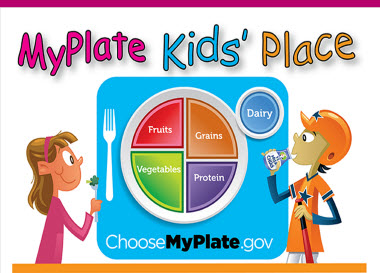 Dr. Janey Thornton, Native News Network
Dr. Janey Thornton, Native News Network
WASHINGTON – Here at USDA, we’re on a mission to help all of our nation’s children have the best possible chance at a healthy life. So, we’re very encouraged by some recent news from the Centers for Disease Control and Prevention: the rate of obesity among low income preschool children appears to be declining for the first time in decades.
The declining rates show that our collective efforts are helping to gain ground on childhood obesity, particularly among some of the more vulnerable populations in our country. Low income children are often at a disadvantage when it comes to getting the food they need to grow up healthy, which is why USDA’s nutrition programs and resources are so vital.
USDA programs like WIC, with its new, healthier food package offerings, and CACFP, with its increasing emphasis on nutrition and physical activity are making a difference in the lives of millions of children. In addition, educational materials like Healthy Eating for Preschoolers and Nutrition and Wellness Tips for Young Children can help adults get children off to the right start in life.
Our efforts don’t stop there. School aged children are now getting healthier and more nutritious school meals and snacks, thanks to changes implemented under the historic Healthy, Hunger-Free Kids Act. Our Team Nutrition initiative provides nutrition education to help schools serve healthier meals and motivate kids to form healthy habits. We’re supporting healthy, local foods in schools through our Farm to School grant program. And we’re improving access to fresh produce and healthy foods for children and families that receive Supplemental Nutrition Assistance Program benefits.
Don’t get me wrong, we still have a long way to go before America’s childhood obesity epidemic is a thing of the past. Far too many, 1 out of every 8 preschoolers are still obese. And, obesity in these early childhood years sets the stage for serious health problems throughout the entire lifespan. But we at USDA are proud of our ongoing efforts to ensure the health of America’s next generation, and we know that these efforts are playing a vital role in turning the tide on early childhood obesity. Learn more about USDA’s efforts to improve child nutrition or visit choosemyplate.gov » for quick, easy nutrition and diet tips for families.
Dr. Janey Thornton is the Deputy Under Secretary for Food, Nutrition and Consumer Services at the USDA.

